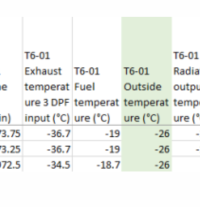Spot the winter specialities:

Missing the AdBlue fill amounts
Elevated engine revs (no, it's not regenerating the DPF) as continuosly monitored by

 www.t6forum.com
www.t6forum.com

[T6_measured] Monitoring DPF regeneration, DPF condition, EGR operation
Here's another approach for T6 DIY enthusiasts - taking advantage of very popular Carista OBDII-reader device - combined with an Android app. Ingredients: T6 EU6 engine: CXEB,CXEC,CXFA,CXGA,CXGB,CXGC,CXHA,CXHB. Carista OBDII device (also other generic OBDII (ELM327) devices will work) for...

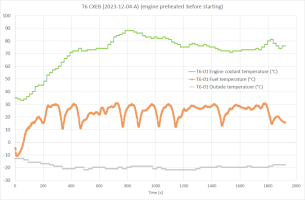

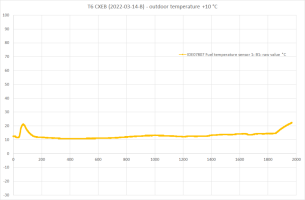
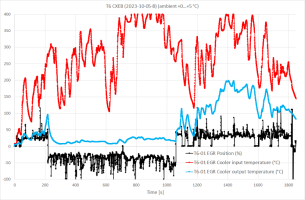

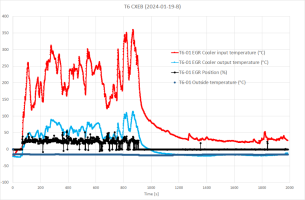



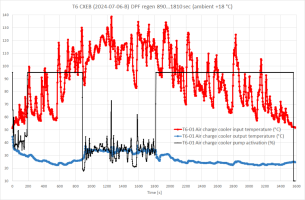

 - well, it shouldn't have been a surprise as the emission reduction is on the first priority on these engines.
- well, it shouldn't have been a surprise as the emission reduction is on the first priority on these engines.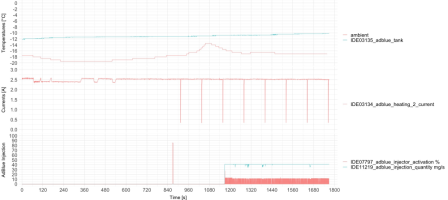
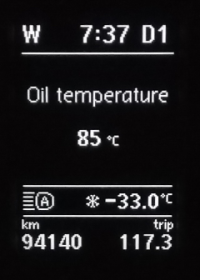

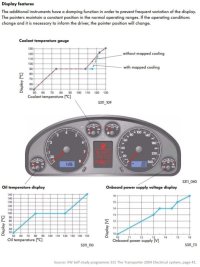

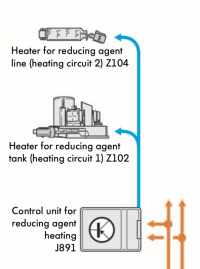


 - and there are quite a few more. And, please note the AdBlue level
- and there are quite a few more. And, please note the AdBlue level 

